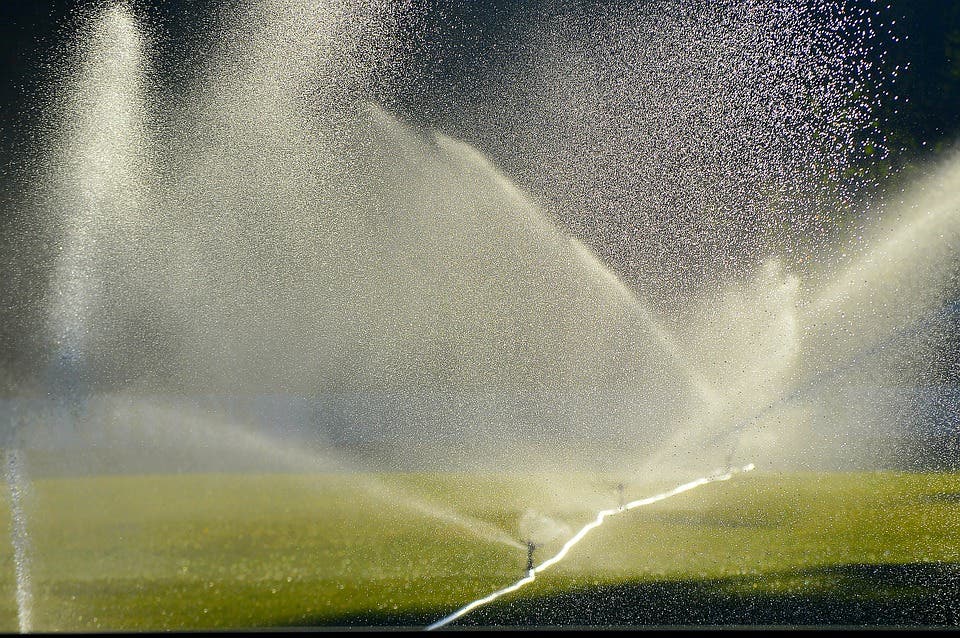Global warming may impact our ability to grow enough crops, reveals new research on soils.
A study led by researchers at Rutgers University found that soils in many areas of the world may have their water-absorbing properties slashed by climate change. This would impact groundwater supplies, food production and security, stormwater runoff, as well as biodiversity and ecosystem stability.

“Since rainfall patterns and other environmental conditions are shifting globally as a result of climate change, our results suggest that how water interacts with soil could change appreciably in many parts of the world, and do so fairly rapidly,” said co-author Daniel Giménez.
“We propose that the direction, magnitude and rate of the changes should be measured and incorporated into predictions of ecosystem responses to climate change.”
The study builds on previous research which found that regional increases in precipitation due to climate change may lead to less water infiltration, more runoff and erosion, and greater risk of flash flooding. The current paper also explains that changes in soil properties could influence atmospheric levels of carbon dioxide in unpredictable ways, the team explains, noting that water serves to help contain this gas in soils.
Not all rain that falls in a given plot of land is useful to plants: they can only use the fraction that manages to successfully infiltrate the soil, while the rest evaporates or drains away.
The level of water infiltration in soil changes over time, usually over the span of one or two decades, with increased rainfall (as this washes away certain elements of the soils’ make-up). As climate change is expected to boost rainfall levels in many areas of the world, the team wanted to see what effect this would have on water infiltration levels and, by extension, on our ability to grow crops.
During a 25-year experiment in Kansas that involved irrigating prairie soil with sprinklers, they found that a 35% increase in rainfall led to a 21 to 33% reduction in water infiltration rates in soil and a small increase in water retention. The biggest observed changes, they explain, were linked to shifts in large pores in the soil. Such pores capture water that plants and microorganisms can use (and thus help keep biological activity going), help cycle nutrients, and decrease soil losses through erosion.
With more rainfall, plants grew bigger and developed thicker roots — such that they would clog larger pores, the authors explain. The team wants to continue their analysis in order to understand the mechanisms that drive these and other observed changes, then extrapolate their findings to other areas of the world.
In the end, they plan to produce predictions of how soils in different ecosystems will respond to climate change. The scientists also want to study a wider array of environmental factors and soil types, and identify other soil changes that may result from shifts in climate.
The paper “Decadal-scale shifts in soil hydraulic properties as induced by altered precipitation” has been published in the journal Science Advances.


